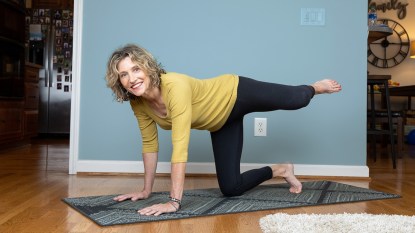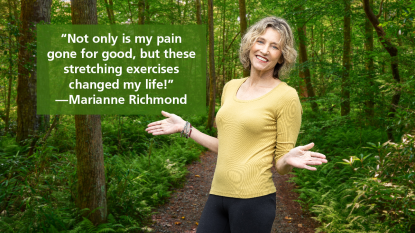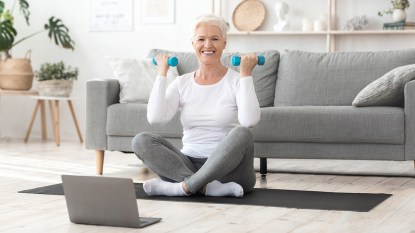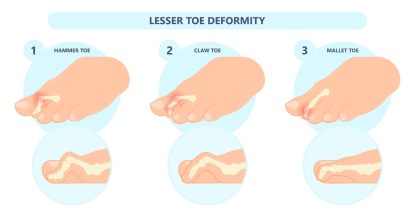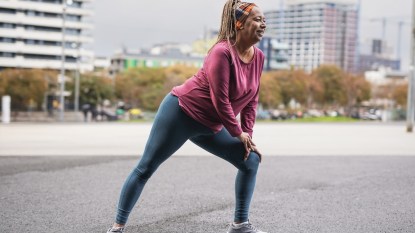This Low-Intensity Exercise Can Help Melt Belly Fat for Those Over 50
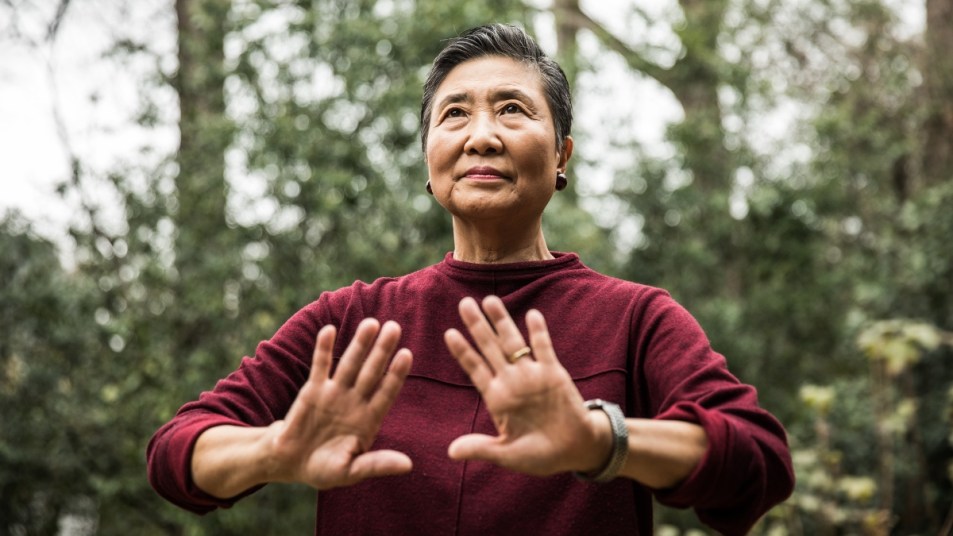
Have you ever walked through a park and seen people in an exercise class performing slow, upright, repetitive movements? Did it look a little bit like martial arts in slow motion? If so, you probably walked by a tai chi lesson. The movement may not seem like much initially, but the benefits of tai chi know no bounds.
New research shows this meditative form of exercise can be especially good at slimming down belly fat in middle-aged and older adults who are overweight.
What is the purpose of tai chi?
Also known as shadow boxing and “meditation in motion,” tai chi originated in China over 3,000 years ago. There are two main concepts that help explain this exercise: qi, and yin and yang.
Qi (pronounced “chee”) refers to the metaphysical energy that flows through the human body. Many movements in tai chi encourage the proper flow of energy, starting in one area of the body and moving towards another.
Yin and yang refer to the idea that everything has an opposite. As a result, many movements in tai chi use opposite styles — such as strong and fast versus gentle and slow — to create balance.
But how can such mindful movements slim down the midsection?
The Research on the Health Benefits of Tai Chi
In a study published in the Annals of Internal Medicine, researchers in Hong Kong wanted to examine the therapeutic effects of tai chi and learn how it could help manage obesity. They recruited 543 participants who were 50 years old or older and had central obesity.
Central obesity is defined as an excess fat in the abdominal area, or midsection, that is caused in part by visceral fat. Visceral fat is fat that wraps around abdominal organs deep inside the body.
The researchers split participants into three groups of 181 people: those who had no exercise at all, those who participated in aerobic exercise and strength training, and those who participated in tai chi. The program lasted 12 weeks.
In addition, the research team measured each participants’ waist circumference at the beginning and end of the program. The team also examined body weight, cholesterol and triglyceride levels, blood glucose, and blood pressure.
As expected, the people who completed the traditional aerobic and strength training exercise dropped centimeters off their waistlines. They also lost weight and lost less HDL “good” cholesterol in comparison to the control group.
What was even more interesting were the weight loss benefits of tai chi. The researchers noted that tai chi participants also had slimmer waists, fewer pounds, and healthier HDL cholesterol levels.
Better yet, those participants maintained slimmer waists and a lower body weight for more than six months after the program ended.
“Tai chi is an effective approach to reduce [waist circumference] in adults with central obesity aged 50 years or older,” wrote the lead study author, Parco Siu, PhD, an associate professor at the University of Hong Kong.
Getting Started With Tai Chi
If you’re intimidated by the idea of taking a tai chi class, fear not. Many classes nowadays are designed for beginners and people who have limited movement. As such, the exercise should be safe for you even if you have balance issues or low mobility.
Thinking of taking on tai chi in the comfort of your own home? This exercise works well in tight quarters because it doesn’t require much space.
It’s also low impact, making it perfect for days when you want to take it slow but still get moving. Plenty of tai chi practitioners have published YouTube videos to help get you started.
For instance, many newcomers recommend “Tai Chi for Beginners,” a quick 9-minute lesson created by Peter Chen, a doctor of traditional Chinese medicine.
The American Heart Association recommends about 150 minutes of exercise per week, or about 21 minutes daily. Incorporating a few sessions of tai chi into your week can help you vary your exercise routine.
Check with your doctor if you’re unsure about starting this exercise. While it might not be for everyone, chances are your doctor will encourage it.
And chances are you’ll enjoy the change of pace!



